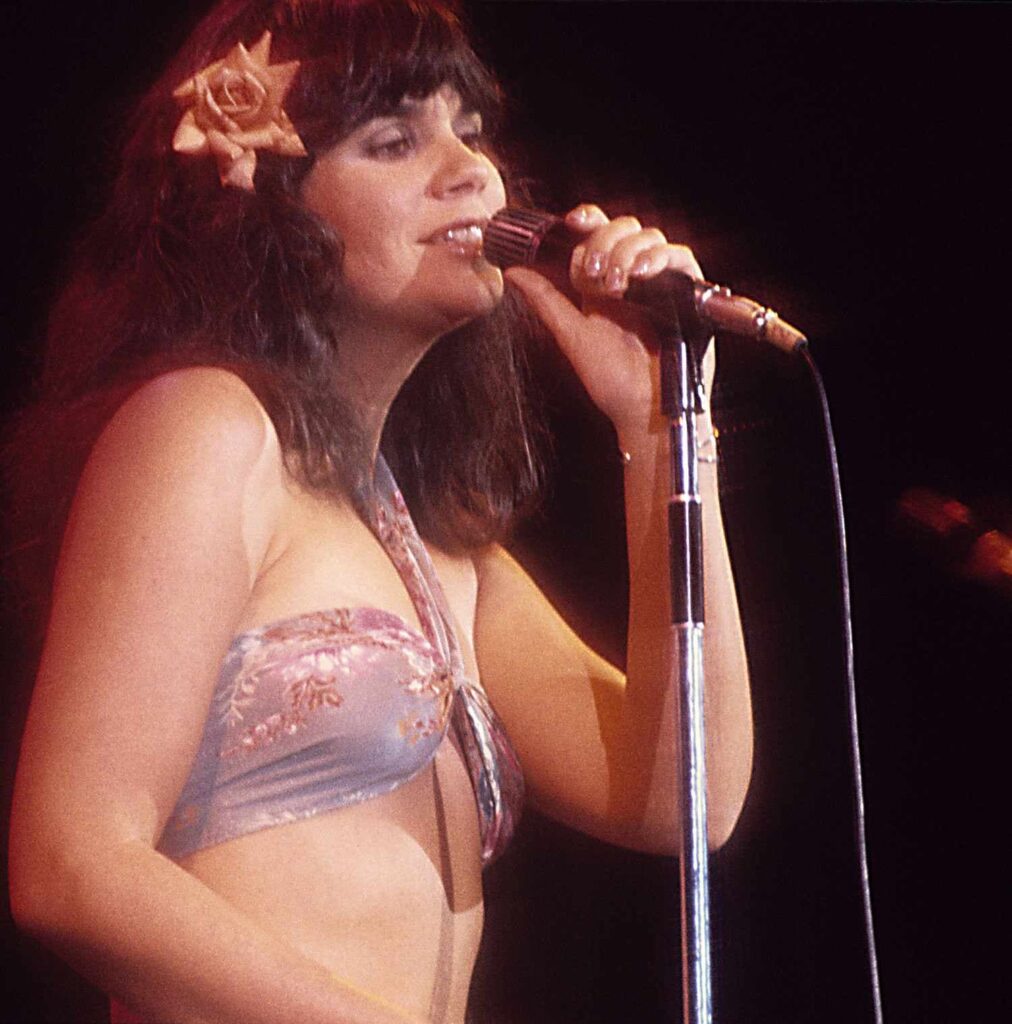
“Dark End of the Street”: The Agony and Ecstasy of Forbidden Love
There are songs that tell stories, and then there are songs that embody them, seeping into your very bones with their truth. Linda Ronstadt’s rendition of “Dark End of the Street” is precisely that kind of song. Released in 1974 on her monumental album, Heart Like a Wheel, this track didn’t aim for the pop charts as a single, but its presence on that Grammy-winning, chart-topping album cemented its place in music history. Heart Like a Wheel itself was a commercial and critical triumph, reaching number one on both the Billboard Pop Albums and Country Albums charts in early 1975. While “Dark End of the Street” wasn’t a chart single for Ronstadt, its inclusion on such a pivotal album exposed it to a vast audience, allowing its raw emotional power to resonate deeply.
This isn’t just a simple love song; it’s a profound exploration of human frailty, desire, and the moral quandaries that often accompany the most intense connections. The original “Dark End of the Street” was a soul classic, written by the legendary songwriting duo Chips Moman and Dan Penn, and first recorded by James Carr in 1967. Penn and Moman, reportedly after a poker game where cheating was the topic, set out to write “the best cheatin’ song ever.” And they succeeded. The lyrics paint a stark picture: “At the dark end of the street, that’s where we always meet / Hiding in shadows where we don’t belong / Living in darkness to hide our wrong.” It’s a vivid tableau of illicit romance, of stolen moments under the veil of night, and the gnawing guilt that accompanies such forbidden acts.
The meaning of “Dark End of the Street” is unflinchingly honest about the complexities of an extramarital affair. It delves into the torment of knowing an act is “wrong” yet being helplessly drawn to it by an overwhelming, undeniable love. The lovers exist in a liminal space, caught between their societal obligations and the powerful pull of their secret passion. The song captures the desperate beauty of these clandestine meetings, the fleeting joy overshadowed by the constant fear of discovery and the inevitable pain it would bring. “It’s a sin and we know it’s wrong, oh but our love keeps coming on strong.” This line perfectly encapsulates the core conflict – the head knows it’s wrong, but the heart refuses to obey. It’s a timeless narrative, unfortunately, one that countless souls have navigated in the quiet, shadowed corners of their own lives.
What makes Linda Ronstadt’s interpretation so captivating, so utterly heartbreaking, is her unparalleled ability to inhabit the song’s emotional landscape. Her voice, so crystal clear yet imbued with an earthy vulnerability, conveys every nuance of the protagonist’s conflicted heart. There’s no judgment in her delivery, only an empathetic understanding of the human condition. She doesn’t just sing the words; she feels them, and in doing so, allows the listener to feel them too. Her voice, mature and rich by this point in her career, brings a weary resignation to the illicit rendezvous, a sense of having walked this painful road before. The subtle inflections, the slight tremolo, all speak volumes about the character’s internal struggle.
For those of us who came of age with Linda Ronstadt as the soundtrack to our lives, “Dark End of the Street” isn’t just a track on an album; it’s a poignant memory. It reminds us of a time when music could be both deeply personal and universally understood. It speaks to the hidden desires, the sacrifices, and the moral tightropes we all, at some point, walk. It’s a song that lingers, long after the final notes fade, leaving behind a profound sense of empathy for those who find themselves caught in the complex web of forbidden love. It reminds us that even in the darkest corners, where secrets reside, there is still a raw, undeniable beauty in the human heart’s capacity to love, no matter the cost.